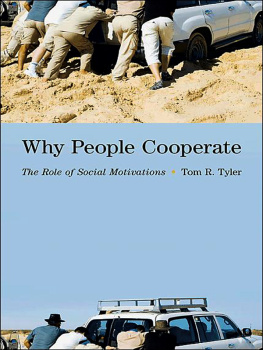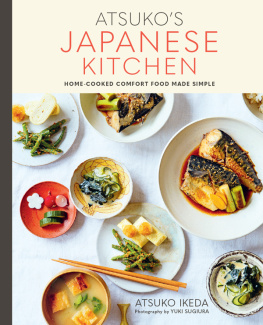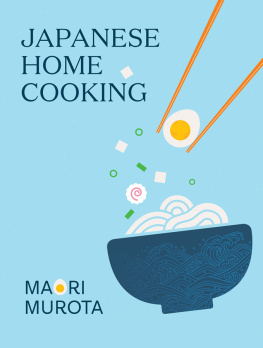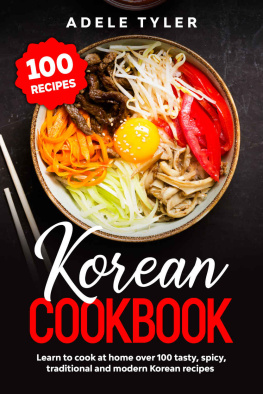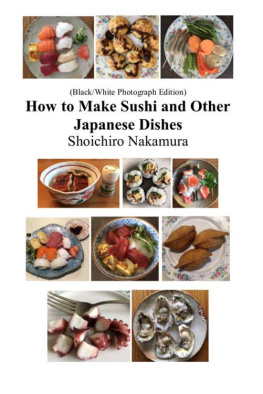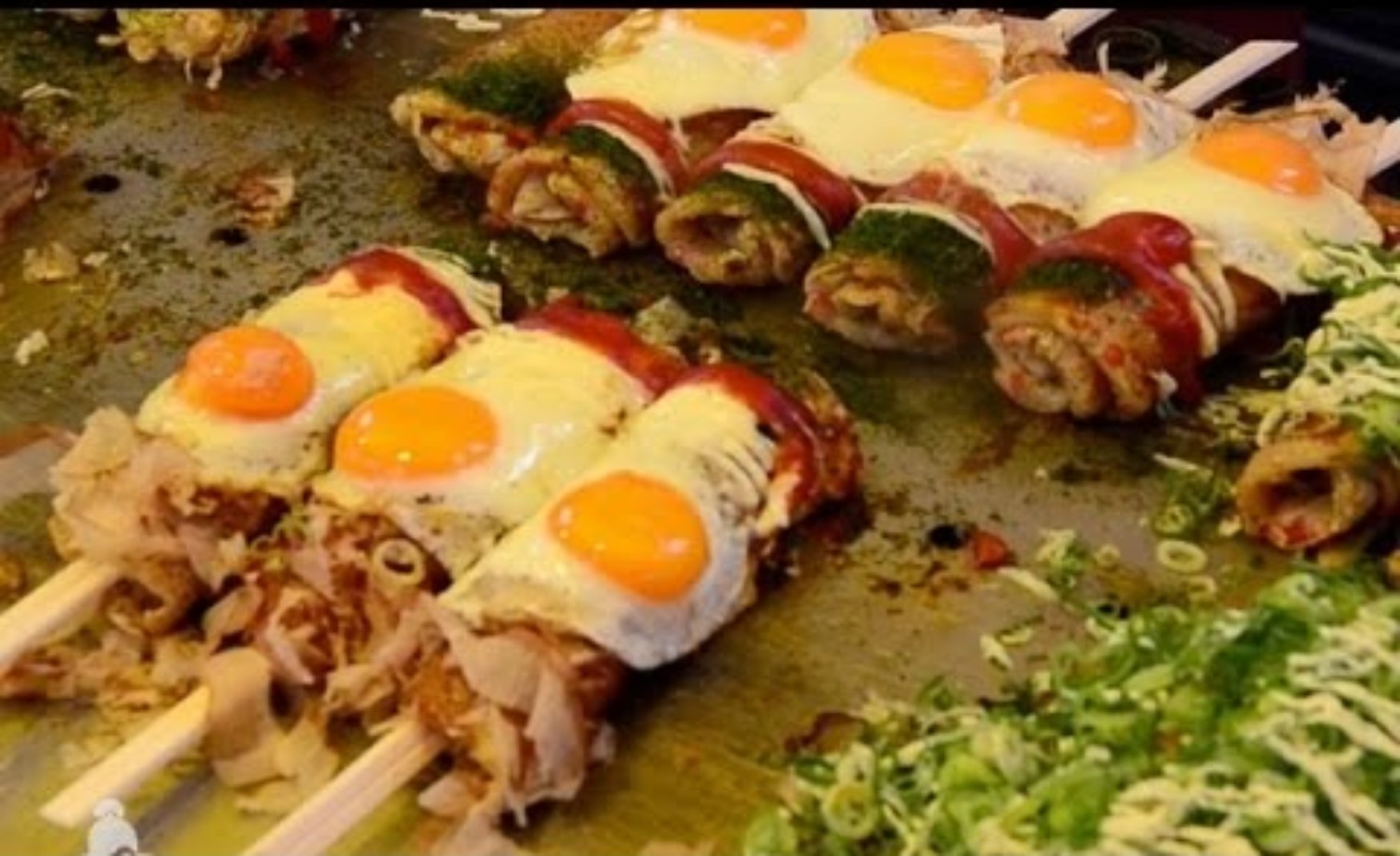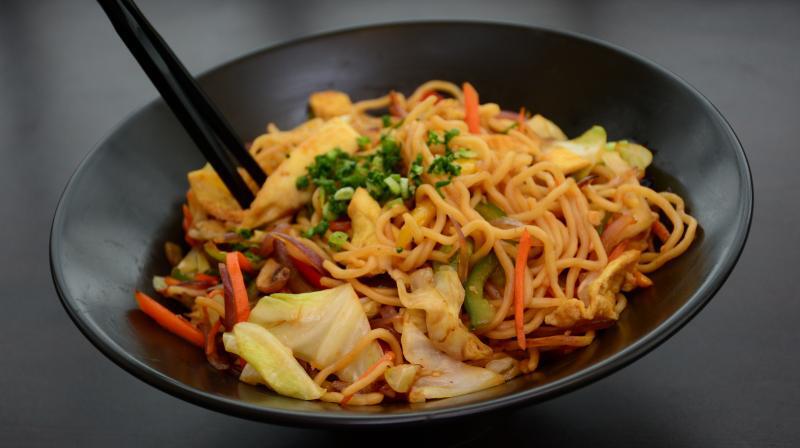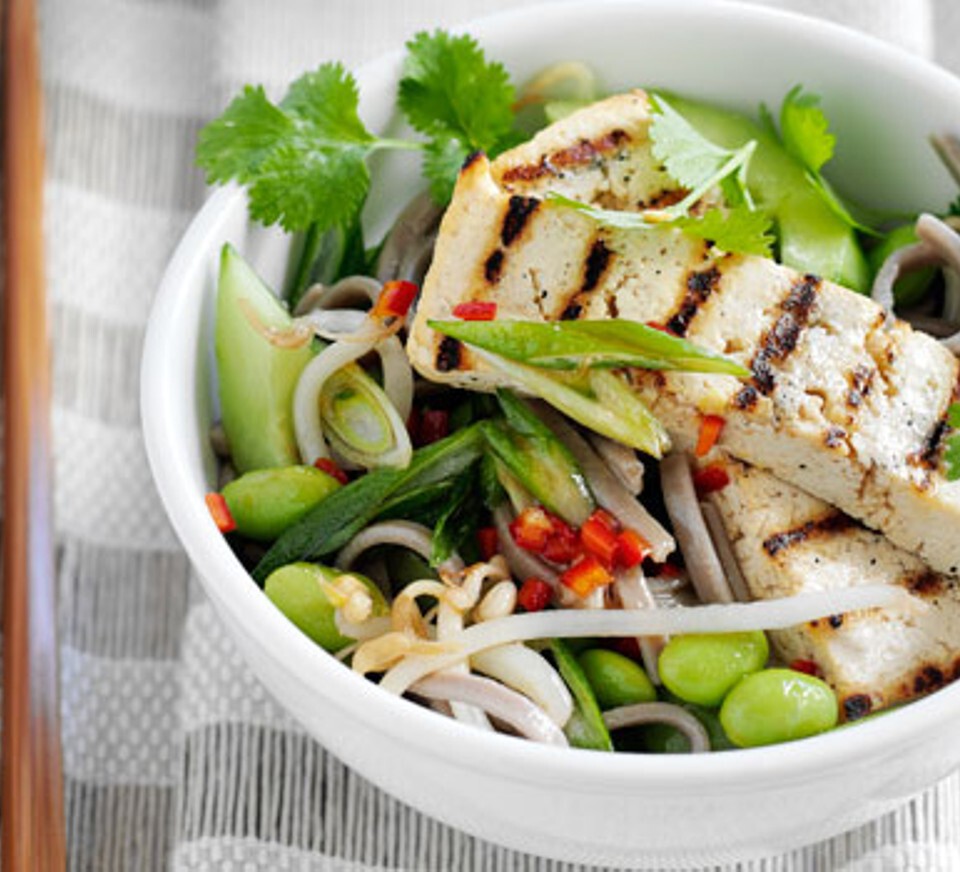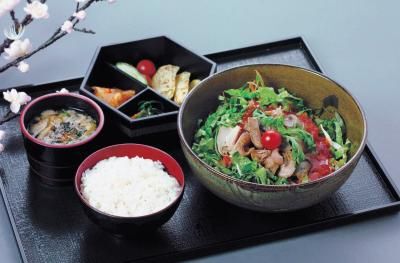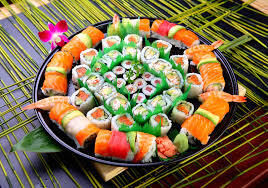Japanese Home Cooking
Learn How to Prepare Japanese Traditional Food with Over 100 Recipes for Ramen, Sushi, and Vegetarian Dishes
By
Adele Tyler
Copyright 2020 by Adele Tyler - All rights reserved.
This document is geared towards providing exact and reliable information in regard to the topic and issue covered. The publication is sold with the idea that the publisher is not required to render accounting, officially permitted, or otherwise, qualified services. If advice is necessary, legal or professional, a practiced individual in the profession should be ordered.
From a Declaration of Principles which was accepted and approved equally by a Committee of the American Bar Association and a Committee of Publishers and Associations.
In no way is it legal to reproduce, duplicate, or transmit any part of this document in either electronic means or in printed format. Recording of this publication is strictly prohibited and any storage of this document is not allowed unless with written permission from the publisher. All rights reserved.
The information provided herein is stated to be truthful and consistent, in that any liability, in terms of inattention or otherwise, by any usage or abuse of any policies, processes, or directions contained within is the solitary and utter responsibility of the recipient reader. Under no circumstances will any legal responsibility or blame be held against the publisher for any reparation, damages, or monetary loss due to the information herein, either directly or indirectly.
Respective authors own all copyrights not held by the publisher.
The information herein is offered for informational purposes solely and is universal as so. The presentation of the information is without contract or any type of guarantee assurance.
The trademarks that are used are without any consent, and the publication of the trademark is without permission or backing by the trademark owner. All trademarks and brands within this book are for clarifying purposes only and are owned by the owners themselves, not affiliated with this document.
Table of contents
Introduction
We all love to have food conveniently. Everyone loves to order food or get to some restaurant to have their favorite dishes but eating out can be unhealthy to a greater extent . Towards the end of a busy day, eating out or ordering your food might feel like the most convenient and the most straightforward choice. In any case, comfort and restaurant prepared food can negatively affect your health and wellbeing. One of the simplest ways to improve your health is by preparing more home-cooked meals.
Our world comprises of various countries with numerous types of cuisines that are being eaten all around the globe. One such cuisine is called the Japanese cuisine that is, as the name clearly depicts, originated from the Asian country, Japan.
Japanese cooking mainly includes the territorial and conventional nourishments of Japan, which have been developed through hundreds of years of political, monetary, and social changes. The customary cooking of Japan depends on rice with miso soup and different dishes; there is an accentuation on seasonal ingredients.
In this book regarding Japanese home cooking, we will discuss in detail the history as well as the origin of Japanese food and its evolution over the passage of time. You will also get a section in the book where you will learn the reason behind the popularity of Japanese cuisine in the U.S.A. In this book, you will get the knowledge regarding the difference between home cooking and dine in experience while having Japanese food.
There are various different kinds of spices being used in Japanese cooking, out of which many have been discussed in detail in the chapters below. You will learn different recipes, including breakfast, lunch, dinner, dessert, salad, soups, snacks, sushi, alternative, and traditional as well as vegetarian recipes. All the recipes mentioned in this book are extremely easy to make all on your own at home. Now, let us not brag too much and finally start cooking Japanese at home.
Chapter 1: Introduction to Japanese Food
Japanese cooking has been around for more than 2,000 years with its strong links from both China and Korea. Although, it has just been a couple of hundreds of years since all the impacts have come to form what is now known as Japanese cuisine. Japanese cooking has overwhelmed the culinary scene. With its one-of-a-kind taste of flavors and fragile mix of sweet and savory, it is no big surprise Japanese meals are so well known. From sushi to ramen, Japanese and Japanese-motivated dishes can be found worldwide, including your own kitchen. You do not need to be a master chef to bring home the exquisite flavors of Japanese cuisine.
Japanese individuals call every supper Gohan. For instance, breakfast is classified asa-Gohan. A bowl of steamed rice is included for every single Japanese dinner and is very important for breakfast, lunch, or supper. Side dishes are called okazu and are presented with rice and soup. Rice is a staple of the Japanese eating routine. Rice cakes (mochi) are additionally usually very common. They range from sweet to exquisite and have various preparations from bubbled to barbecued.
1.1 History and Origin of Japanese Food
Japanese cuisine has been influenced by the food customs of other nations but has adopted and refined them to create its own unique cooking style and eating habits. The first foreign influence on Japan was China around 300 B.C. when the Japanese learned to cultivate rice. The use of chopsticks and the consumption of soy sauce and soybean curd (tofu) also came from China.
The Buddhist religion, one of the two major religions in Japan today, was another important influence on the Japanese diet. In the A.D. 700s, the rise of Buddhism led to a ban on eating meat. The popular dish sushi came about as a result of this ban. In the 1800s, cooking styles became simpler. A wide variety of vegetarian foods were served in small portions, using one of five standard cooking techniques.
Starting in the mid-1200s, trade with different nations started bringing Western-style impacts to Japan. The Dutch presented corn, potatoes, and yams. The Portuguese presented tempura. After a boycott of more than 1,000 years, hamburger got back to Japan during the Meiji Period (18681912). Western foods, for example, bread, espresso, and frozen yogurt gotten well known during the late 20th century.
Another Western impact has been the presentation of timesaving cooking strategies. These incorporate the electric rice cooker, bundled nourishments, for example, moment noodles, moment miso soup, and moment pickling blends. However, the Japanese are as yet dedicated to their exemplary cooking conventions. All foods were divided into five color groups (green, red, yellow, white, and black-purple) and six tastes (bitter, sour, sweet, hot, salty, and delicate). The Japanese continue to use this cooking system.


